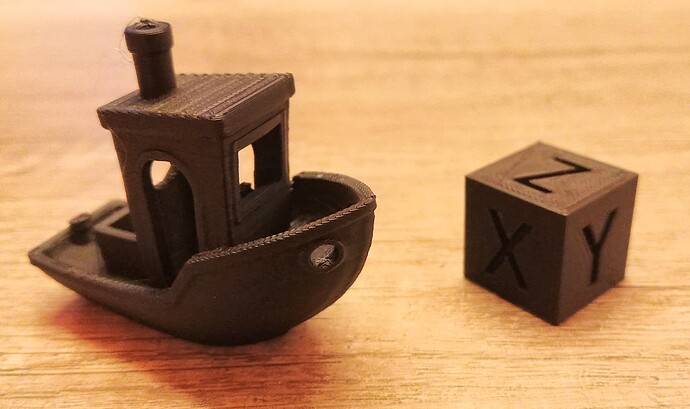I would not rely on the fact that these values are interchangeable between Marlin and Klipper.
delta_radius,angle, andarm_lengthmust be calibrated via the instructions provided in the documentation. When this is done properly they will automatically be moved from your manually edited config into the
When comparing the delta calibrating result from Klipper with those from marlin, they are almost the same, only difference I found was the tower angle, they are quite different.
But you are right, me to prefer to use the values I’ve got from calibration, I hope to help myself find errors by comparing with the values I’ve got from Marlin.
Your stepper moves the belt with a pulley attached to its shaft. A pulley slipping on the shaft will cause layer shifts. If your configuration in Klipper were to use higher accelerations, it can slip the pulleys while they may not slip in Marlin. I am not suggesting this is a root cause, just one possibility.
When observing the printer during a print I couldn’t notice any slipping, even when printing with low speed and acceleration the problem persist. But ill keep an eye on it.
Your log shows that your
[tmc2209]sections do not definesense_resistorvalue. If your step sticks sense resistors are not the default 0.110 Ohm then you are pushing incorrect current through your steppers. This is to my earlier point.
I revisited the TMC dokumentation and somehow overseen it, my TMC 2209 has the default 0.110 Ohm, should I still add sense_resistor: 0.110 to my [tmc2209] section?
